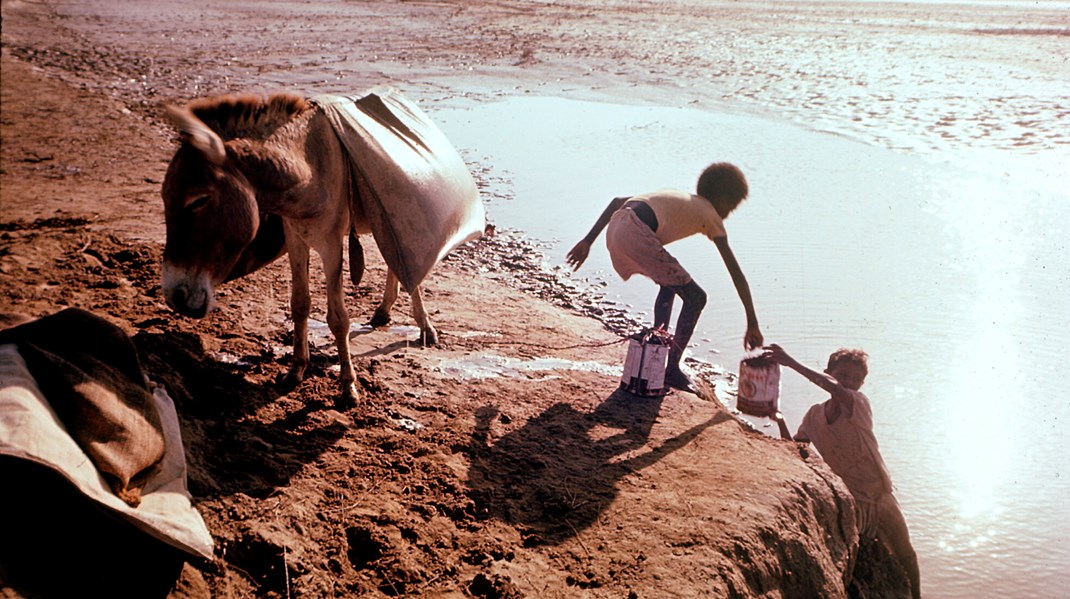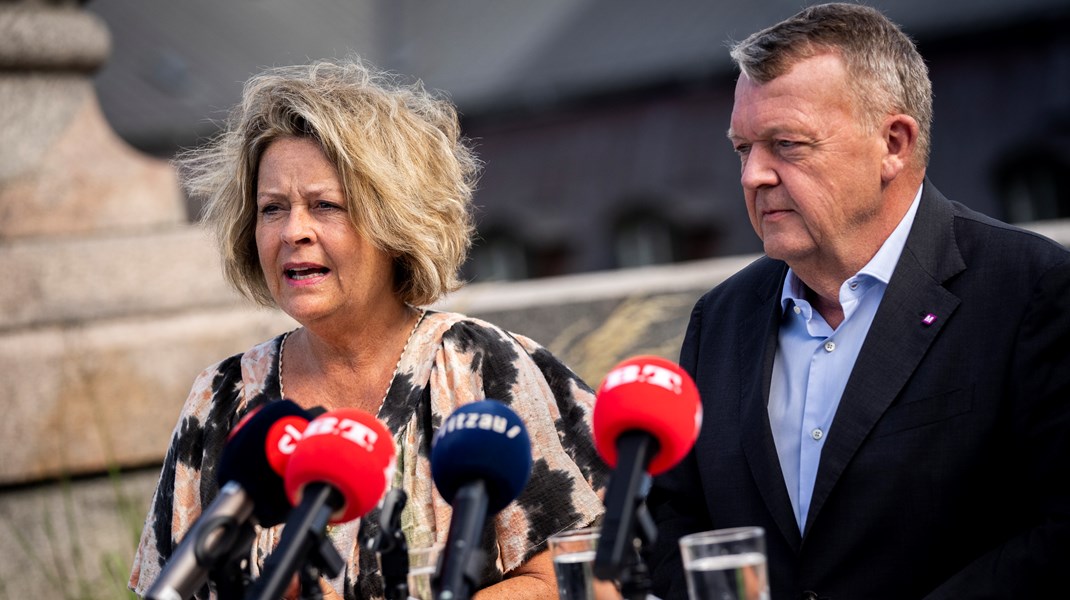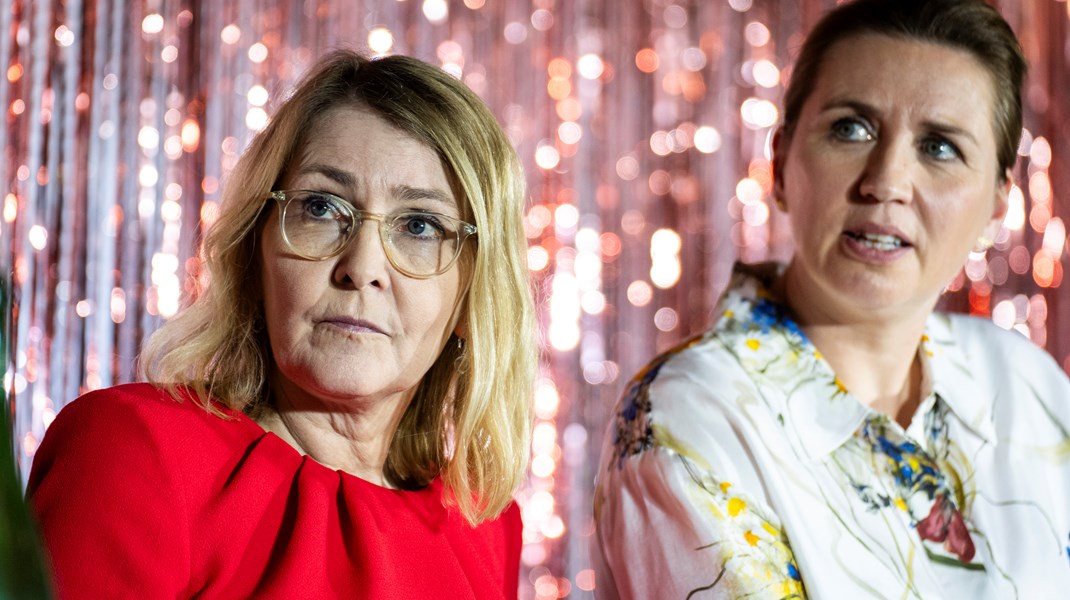Almost one in five children living in areas affected by armed conflict
Five times more children than fighters are being killed in conflicts, new Save the Children report reveals
At least 550,000 babies are thought to have died as a result of armed conflict between 2013 and 2017 in the 10 worst-affected countries, according to new analysis by Save the Children — an average of well over 100,000 every year. DR Congo and South Sudan – where most of the nearly 1.2 million refugees in Uganda come from – are both listed in the 10 worst countries.
The infants succumbed to indirect effects of conflict and war such as hunger, damaged infrastructure and hospitals, a lack of access to health care and sanitation, and the denial of aid. They probably would not have died if they hadn’t been living in areas affected by conflict, Save the Children says.
In total, 870,000 children under five years old have died in conflict areas in this period – five times as many as the number of fighters killed (almost 175,000).
The numbers are published in a new Save the Children report, Stop the War on Children, which reveals that more children – almost 1 in 5 globally – are living in areas affected by armed conflict and war than at any time in more than 20 years.
Brechtje van Lith, Save the Children’s Country Director in Uganda, said: “This report shows the sheer horror and brutality that children who flee to Uganda are escaping. Uganda has been a safe haven for refugee children for many years and it’s vitally important that this continues. Many of these children arrive scared and vulnerable, sick and malnourished, and emotionally scarred by the violence they have witnessed. We must do all we can to protect them from further harm and help rebuild their future.”
The report shows that the number of ‘grave violations’ against children – being killed or maimed; recruited by armed groups; abducted; falling victim to sexual violence; seeing their school attacked; or humanitarian aid denied – has almost tripled since 2010. In many cases, children are specifically targeted, and children in DRC and South Sudan are particularly vulnerable.
Research for the report interviewed numerous refugee children in Uganda:
• Six-year-old Akello* was raped in eastern DRC when an armed group attacked her village. She was separated from her parents and only just survived after two months in hospital. Her brother was killed in the attack. Now her mother says she often wakes up screaming at night, has stunted growth, and prefers to stay on her own away from other people.
• Mangeni*, 13, told how she was abducted from her village at the age of 11: “One day people came and took my father away and tied him with ropes and took him to the forest and shot him dead. After the killing of my dad they started beating and torturing me. They would step and kick on my ribs and stomach… They kept me for a long time with them in the bush and I used to have to cook and work for them. After cooking they would beat me with sticks. I saw many bodies of people they had killed there.”
The report stresses the importance of urgently getting refugee children back into education, to help them return to a sense of normalcy and have an opportunity for a better future. 57% of refugee children in Uganda are out of school, as well as 34% of the local host community in refugee-hosting districts. Even for those who do attend school, classes are hugely overcrowded and face a shortage of teachers and basic supplies. Save the Children is calling on the international community to fund Uganda’s recently launched Education Response Plan (ERP) for refugees and host communities, which if funded would provide quality learning for more than 565,000 learners.
The report includes more than 20 recommendations for governments and other influential organisations to ensure children are protected during war and conflict, ranging from signing the Safe Schools Declaration to multi-year investment in humanitarian child protection, education and programmes to tackle sexual and gender-based violence.
Refugees also provide a great deal of support and assistance for each other. An estimated 5% of refugee children arrive in Uganda alone and separated from their families.
• Jendyose* was a mother of eight children, but seven of them were killed in a single attack on her village in eastern DRC. She fled to Uganda with her only surviving daughter. Save the Children case workers identified a vulnerable child, Wesesa*, 14, who had lost his parents and six siblings in the same attack. With support, Jendyose* has now taken Wesesa* and his only surviving brother into her care.
Save the Children is responding to the refugee influx in Uganda with programmes such as 61 Child Friendly Spaces, where children have a safe space to play, learn and get psychosocial support; 57 Early Childhood Development (ECD) centres, for children under 6 years old to start learning; 44 Accelerated Education Programme (AEP) centres, where out-of-school youth aged 10-18 can complete their primary education using a condensed curriculum; as well as health clinics and mother and baby areas, where new mothers get information about nutrition and breastfeeding.
Helle Thorning-Schmidt, CEO of Save the Children International, said: “Our report shows that the way today’s wars are being fought is causing more suffering for children. It is shocking that in the 21st century we are going backwards on principles and moral standards that are so simple – children and civilians should never be targeted. Our analysis clearly shows the situation is getting worse for children and the world is allowing this travesty to happen. Every day, children come under attack because armed groups and military forces disregard international laws and treaties. From the use of chemical weapons to rape as a weapon of war, war crimes are being committed with impunity.”
Notes to editors:
*Names have been changed to protect identities
Detailed case studies of Mangeni*, Akello*, Nabulungi* and Jendyose* are available for use here: https://www.dropbox.com/sh/xvn20rt4ly3fyo0/AAAtJ_FwguOSQgAGa6wM9zwIa?dl=0
High quality photos and video interview of Mangeni* and Nabulungi* are available for use here: https://www.contenthubsavethechildren.org/Package/2O4C2SVNVSZE
High quality photos and video interview of Akello* is available here: https://www.dropbox.com/sh/enf3wjvuhojx821/AABm9R4EZuD_JkwG2qNZ-mDBa?dl=0
The full report is available here: https://www.stopwaronchildren.org/report.pdf
The report is based on new research by the Peace Research Institute Oslo (PRIO), commissioned by Save the Children. It found 420 million children living in conflict-affected areas globally – an increase of 30 million from the previous year. Afghanistan, Yemen, South Sudan, the Central African Republic, the Democratic Republic of Congo (DRC), Syria, Iraq, Mali, Nigeria and Somalia are the 10 countries where children were hardest hit by conflict.


